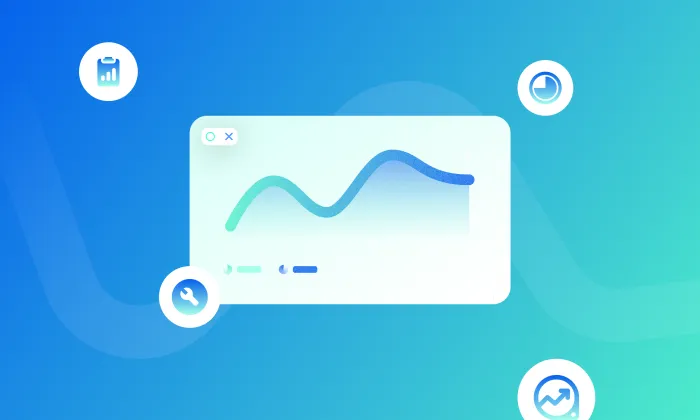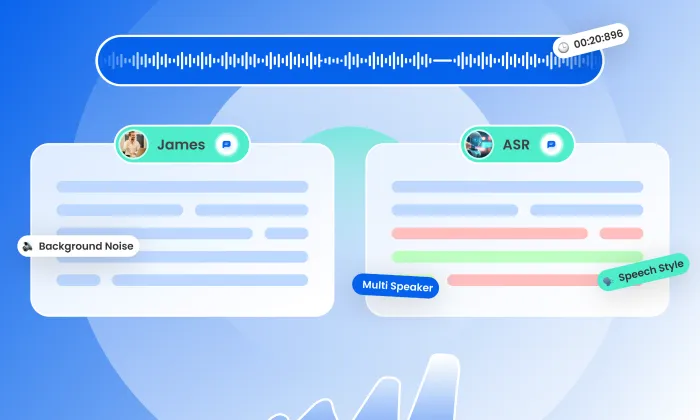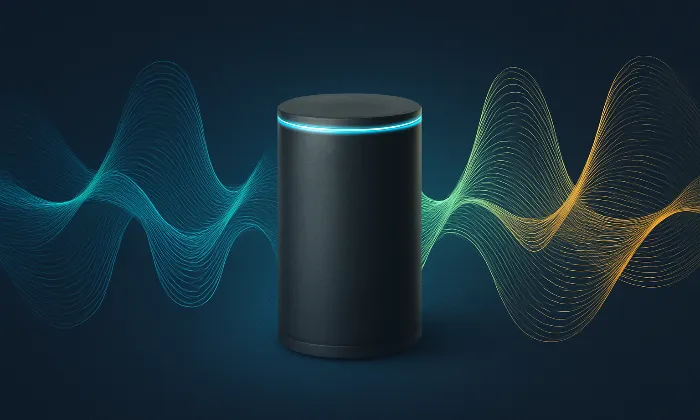How are voice cloning datasets used in education or e-learning tools?
Voice Cloning
Education
E-Learning
Voice cloning datasets are transforming the landscape of education and e-learning by enhancing how content is delivered and experienced. With realistic and diverse voice synthesis, these datasets improve engagement, accessibility, and personalization, which are crucial for educational environments.
What Are Voice Cloning Datasets?
Voice cloning datasets are collections of high-quality recorded speech samples from a diverse range of speakers. These datasets capture various accents, emotions, and speech patterns in controlled environments using professional-grade equipment. As a result, they enable the creation of synthetic voices that closely mimic human speech, making them ideal for educational applications.
Key Benefits of Voice Cloning Technology in Learning Environments
- Enhances Engagement: Voice cloning technology enhances engagement in educational tools by using voices that resonate with students. For example, e-learning platforms can offer lessons narrated in voices that students find relatable, increasing their attention and retention of material.
- Personalization: This technology allows for personalized education tools, tailoring the learning experience to individual preferences, such as preferred accents or tones.
- Accessibility: For students with visual impairments or reading difficulties, synthetic voices can read content aloud clearly and engagingly. This inclusion of custom voices helps remove learning barriers, fostering an inclusive educational environment.
Implementing Voice Cloning: Practical Steps for Educational Tools
- Data Collection: Collecting high-quality voice samples from diverse speakers, ensuring a wide representation of accents and speech patterns.
- Integration: Organizing these recordings into datasets for training voice synthesis models, making them ready for educational platforms like language learning apps, interactive textbooks, or AI-driven tutoring systems.
- Machine Learning Algorithms: These models map raw audio data to text inputs, generating natural-sounding speech, crucial for creating interactive and engaging educational tools.
Ethical Considerations and Challenges
- Ethically Sourcing Data: It's crucial to obtain explicit consent from voice contributors and ensure datasets are diverse and representative.
- Audio Quality: Ensuring high-quality recordings is essential. Poor-quality recordings can hinder the effectiveness of synthesized voices, making them less engaging for students.
- Testing Across Demographics: Testing across various demographic groups ensures the model works effectively for all learners.
Future Trends in Voice Cloning for Education
As voice cloning technology advances, it will continue to expand its role in education. Future developments may lead to more nuanced synthetic voices that convey emotions and adapt to various learning contexts. This evolution promises to enrich the educational landscape, offering more personalized and interactive learning experiences.
Smart FAQs
Q. What types of voices are typically included in voice cloning datasets for education?
A. Voice cloning datasets for education typically include a diverse range of speakers, covering different genders, ages, accents, and emotional tones. This diversity ensures that the synthesized voices cater to various learning needs and preferences.
Q. How can voice cloning technology improve accessibility in e-learning?
A. Voice cloning technology enhances accessibility by providing clear and engaging audio content for students with visual impairments or reading difficulties. Custom synthetic voices can read educational materials, making learning more inclusive for all students.
What Else Do People Ask?
Related AI Articles
Browse Matching Datasets
Acquiring high-quality AI datasets has never been easier!!!
Get in touch with our AI data expert now!








